Have you ever seen a zebra on the road? Not the animal, but the black and white stripes painted on the ground? That’s the zebra crossing, a safe space where pedestrians, especially children, can cross the road with confidence. And those blinking, colourful traffic lights? They’re not just decorations, they’re signals that help us know when to stop and when to go.
For kids, the world of roads can seem big, noisy, and sometimes a bit confusing. But when they learn to spot zebra crossings and understand traffic lights, they unlock a secret guide to staying safe wherever they go. As parents, our job is to make sure our young explorers know how to use these tools not just as rules, but as superpowers that keep them safe.
The Magic of Zebra Crossings
A zebra crossing is more than just stripes on the road—it’s a special safe zone designed just for people walking. When you see those black and white stripes, it’s like the road is saying, “Come on, you’re safe here!”
Here’s how to teach your child the zebra crossing rule:
- Stop at the edge: Never rush onto the zebra crossing. First, stop at the edge, just like a superhero pausing to check the scene.
- Look both ways: Even though zebra crossings are for pedestrians, it’s important to look left, right, and left again. Cars should stop, but sometimes they don’t. We must stay alert.
- Wait for cars to stop: Tell your child to make eye contact with drivers when possible. If the car slows down and stops, it’s safe to cross. If not, wait, no matter how excited you are to reach the park or school.
- Walk, don’t run: Running across the zebra crossing is like trying to finish a game level in a rush; you might miss important clues! Walking keeps you calm and focused.
By teaching kids these steps, zebra crossings become their safe zone on the road—a little space that belongs to them.
The Secret Language of Traffic Lights
Traffic lights are like a secret language between the road and people. They tell us when it’s safe to cross and when it’s time to wait. Here’s how to make traffic lights fun and easy for kids to understand:
Red means STOP: No moving! Pretend you’re a statue. This helps kids learn patience and builds the habit of waiting.
Green means GO: But wait—only go when you’ve checked both ways and made sure the road is clear. It’s like getting a green signal in a game—safe to move forward!
Yellow means GET READY: If you’re about to cross and the light turns yellow, don’t start. It’s a warning that the light will change soon.
Encourage your child to spot the pedestrian signals—the little walking man in green or standing still in red. These signals are like personal messages just for walkers, telling them when it’s safe to step onto the road.
Everyday Adventures in Road Safety
Road safety lessons don’t have to feel like boring rules. You can turn every walk into a learning adventure!
On the way to school: Ask your child, “Can you find the zebra crossing?” or “What colour is the traffic light now?”
At the market: Practice stopping at the edge, looking both ways, and holding hands when crossing busy streets.
At the park: Play pretend games, be the car, the pedestrian, or the traffic light. Swap roles and learn from each other!
These small moments create lasting habits. When safety becomes part of everyday life, children grow up more aware and confident.
Common Mistakes Kids Make and How to Prevent Them
Even the best little explorers can forget the rules in excitement. Here are some common mistakes and how to gently correct them:
Rushing without looking: Remind them, “Even if we’re late, safety comes first!”
Trusting that cars will always stop: Teach them, “Look, don’t just hope! Drivers can miss us, so we stay alert.”
Getting distracted: Phones, toys, or friends can pull attention away. Remind them, “Eyes up, ears open—roads need your focus!”
Parents, You’re the Best Teacher
Children learn most from what they see. If you stop at crossings, wait for signals, and hold their hand while looking both ways, your child will follow your example.
Talk about why rules matter:
- “We wait at the zebra crossing because cars might not see us.”
- “The red light keeps us safe so we don’t get hurt.”
- “Safety is caring for ourselves and others.”
These simple conversations build understanding and make your child feel like a responsible road user.
Conclusion: Every Child Can Be a Road Safety Hero
When your child understands zebra crossings and traffic lights, they’re not just following rules, they’re becoming Road Safety Heroes. They’re learning to protect themselves, help others, and make their community safer.
So the next time you step onto a zebra crossing or wait at a traffic light, smile and know:
You’re giving your child a superpower.
You’re raising a hero.
And every safe step you take together is a step toward a safer, kinder world.
Let’s make road safety a part of every day, one zebra crossing, one traffic light, and one little hero at a time.
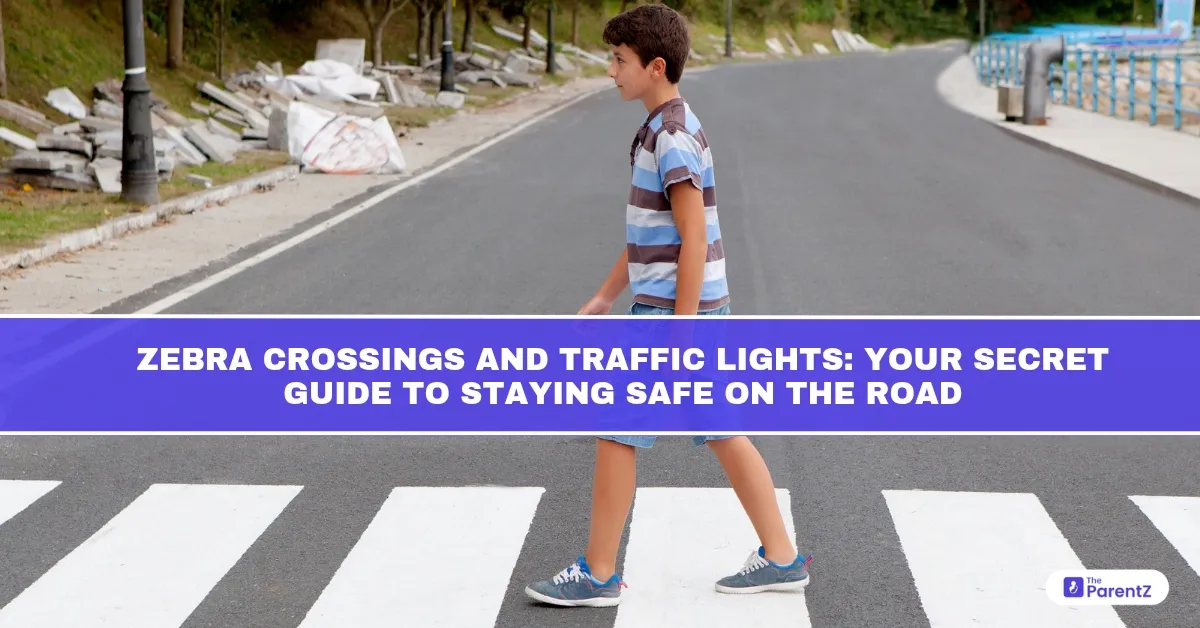

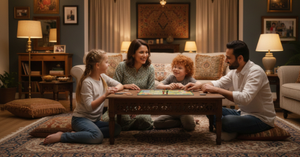
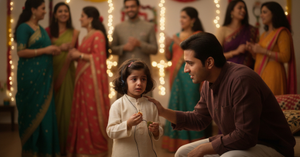
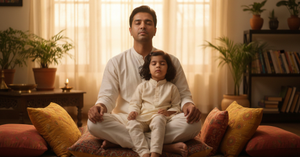
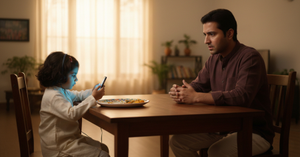
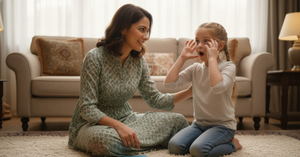

Be the first one to comment on this story.